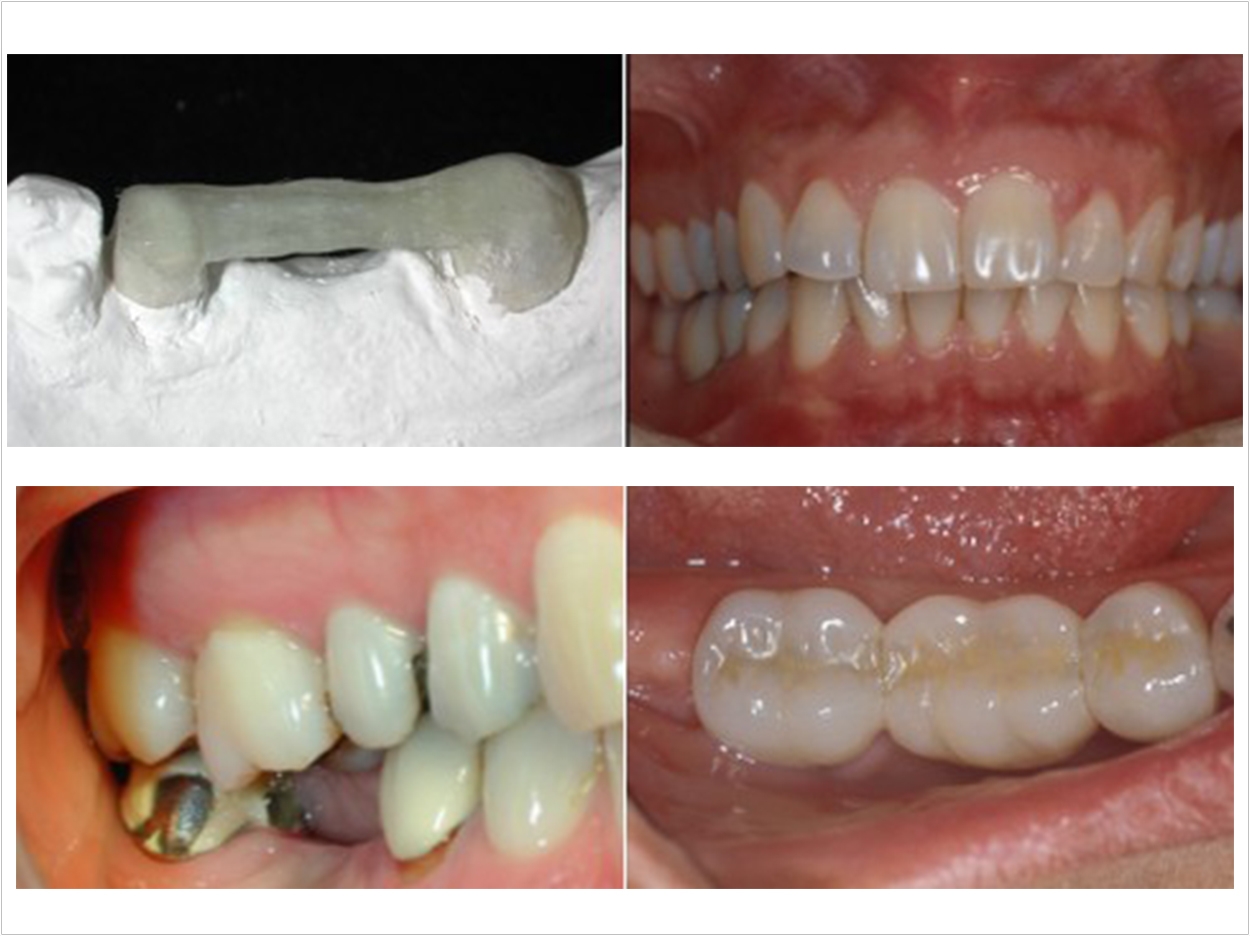
Researchers in Australia have received a $3 million Cooperative Research Centre Projects (CRC-P) grant to develop a fiber-reinforced dental composite with mechanical properties that nearly match those of amalgam. Preclinical testing is scheduled for 2020.
Partners in the project include SDI Limited Bestech Australia Pty Ltd, Dentalk Pty Ltd, the University of New South Wales, the University of Wollongong, and the University of Sydney. With a total project value of $8.3 million, the researchers hope to transfer this new material along with a commercial manufacturing and packaging facility to Australian industry.
“The project will enable the new environmentally friendly glass fiber surface material, which is overlaid with a naturally occurring nanotubular material, to replace amalgam in dental treatment in a matter of years,” said Sydney Dental School associate professor Ayman Ellakwa, PhD. “I’m so pleased to receive this grant because it shows my hard work over the years.”
Ellakwa completed his PhD at the University of Birmingham in 2001, where he evaluated all continuous fibers including polyethylene, glass, and Kevlar and their effect on the mechanical properties of dental composites.
“When I arrived in Sydney in 2007, I decided to change the technique of dental composite reinforcement from using long to short fibers with the aim of replacing dental amalgam and reducing mercury use,” Ellakwa said. “I decided to develop a new material that can do the same job of dental amalgam and has similar mechanical properties and looks more aesthetic.”
Ellakwa received a $360,000 ARC linkage grant with a team of University of New South Wales researchers in 2016 to investigate the effect of different short fiber additions to dental composites. The researchers then say they found the proper fiber aspect ratio added to dental composite to increase its strength and wear resistance.
“These striking findings improved our relationship with SDI, an Australian dental materials company, and they were really interested in supporting our CRC-P grant application to develop a new dental composite reinforced with short glass fibers that in the future will replace dental amalgam,” said Ellakwa.
“Our application was so successful, we received the highest amount of funding that applies to this scheme,” said Ellakwa.
“I am very proud that the Sydney Dental School is part of this competitive award that will work to develop a new fiber-reinforced dental composite,” said Heiko Spallek, PhD, DMD, MSBA, head of school and dean of the Sydney Dental School.
Related Articles
Oral Health Groups Debate Dental Amalgam During FDA Hearing
Improved Safety Measures Sought for Amalgam Filling Removal
Four European Nations Introduce Provisions to Phase Out Dental Amalgam


